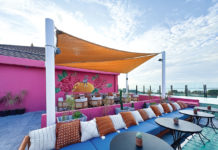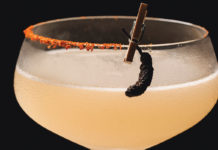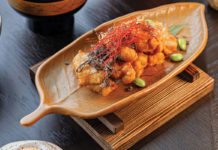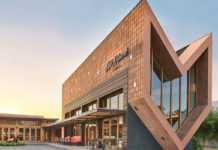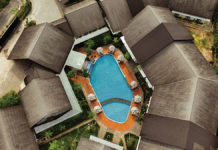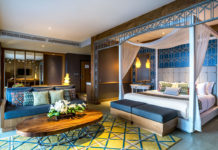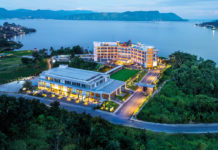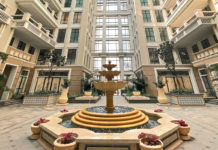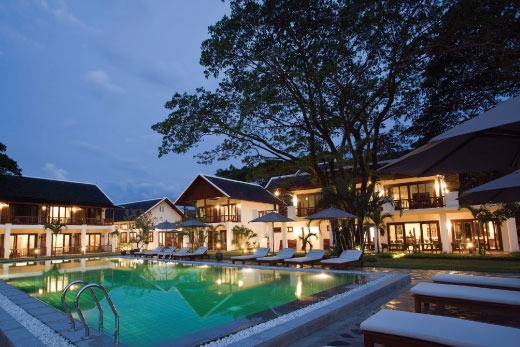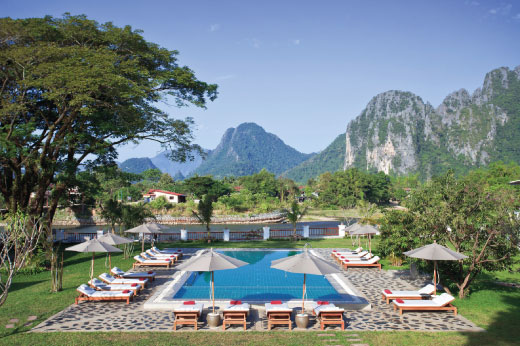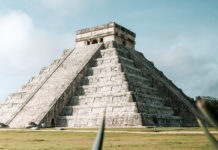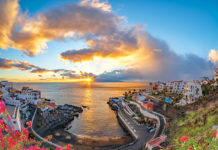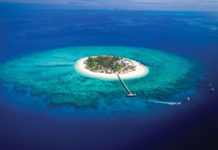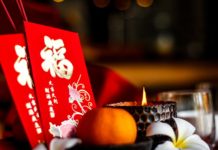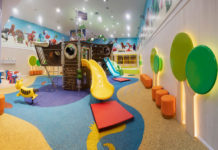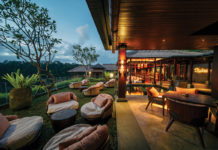An architect and his muse
In mythology, the muses were nine goddesses who symbolized the arts and sciences. Today, a muse can be defined loosely as a person, place or thing that serves as an artist’s inspiration.
Throughout history, artists including writers, painters, filmmakers and sculptors often note a specific muse to whom they owe creative gratitude – Picasso had Marie-Therese, his inspiration for ‘Nude, Green Leaves and Bust’, a painting which recently sold for US $106.5-million.
Like art, many of the most brilliant architectural projects can be attributed to a muse – the homeowner who dreamed of a specific concept, finally finding the right architect to realize her dream. Or the plot itself, a sea-, mountain- or landscape that is so dramatic that a building is created to blend in with the environment; never competing to overwhelm the perfection Mother Nature has already created.
This is the concept behind the work of Lao native, Sakpaseuth Phanrajsavong, an award-winning architect who is often seen padding around his family’s hotels in a modest t-shirt and shorts. Raised in and around his father’s successful design and construction business, Phanrajsavong decided at a young age to pursue architecture in order to complement the ambitious family tree. After graduating from top universities in Australia and Thailand, he pursued an independent career until his mother decided it was time for the family to create their own awe-inspiring buildings, something they had been doing for everyone else for decades. A prime plot of commercial land next to the city’s largest park was purchased in downtown Vientiane, the historic capital of Laos, and the Green Park Hotel was thoughtfully designed and built. Now one of the city’s most popular luxury accommodations, Phanrajsavong’s fusion of traditional Lao design with modern amenities captures the essence of an aristocratic Laotian residence. Common areas are appointed with traditional silver Kong tables and handcrafted cabinetry showcasing Laotian antiquities. Sterling Hill Tribe necklaces are carefully sourced and beautifully framed; adorning the walls of the common areas as well as each hotel suite.
“We had acquired a generous plot and originally planned to build a large hotel, similar to the big chain hotels in the city – of course with a lot more style. At the last minute, I had a change of heart,” he reminisces. “My intuition told me to preserve Lao culture as much as possible, so important in the midst of all the rapid change we’re seeing in the country today.”
With traditional culture as his muse, he incorporated the small details that define Laos’ architectural style, including semi-open outdoor corridors that are very wide, roof tiles that are still individually handmade from brick, and custom wooden doors that include two vertical wooden pieces positioned down each door lengthwise. Green Park feels like a well-organized personal estate instead of a hotel, but with a modern day spa onsite, as well as the stunning courtyard swimming pool and contemporary, international dining venues, all the comforts of a luxury hotel are in place. Seven years after opening Vientiane, the family fell in love with an awe-inspiring riverfront parcel three hours north of the city. Referred to as a ‘backpacker’s paradise’ over the last decade, Vang Vieng is not the sort of place luxury hotel developers flocked to in the past. Situated halfway along the nine-hour drive between Vientiane and the former royal capital of Luang Prabang, Phanrajsavong and his family saw the opportunity to provide upscale accommodations to well heeled families who sought the adventure of driving to Luang Prabang instead of flying.
“Up until now, there was no place to stay in Vang Vieng, at least nowhere guests who need a little comfort would stay,” he says. “My friends said I was foolish, taking a risk by building the area’s first luxury hotel. To our surprise, just one year after opening, the new hotel is seeing even better numbers than Vientiane.”
‘Stunning’ is hardly bold enough to describe the views from the Riverside Resort. At an altitude of about 300-meters, and a cooler climate that attracts city dwellers to make their weekend escapes, Vang Vieng capture the very best of Laos’ natural beauty. Dynamic rock and limestone mountains soar majestically over the clear waters of the lazy Nam Song River – not an easy landscape with which to compete.
“We decided to keep the design simple, letting Mother Nature maintain her center stage position. We utilized as many natural materials as we could source, including hardwoods and stone, and arranged the buildings to capture the view whenever, however possible,” he remembers. “I find myself coming up with excuses to drive up from Vientiane at least once a month – not only to check in on the business details, but to soak in the views for a couple of days before heading back down to the city.”


